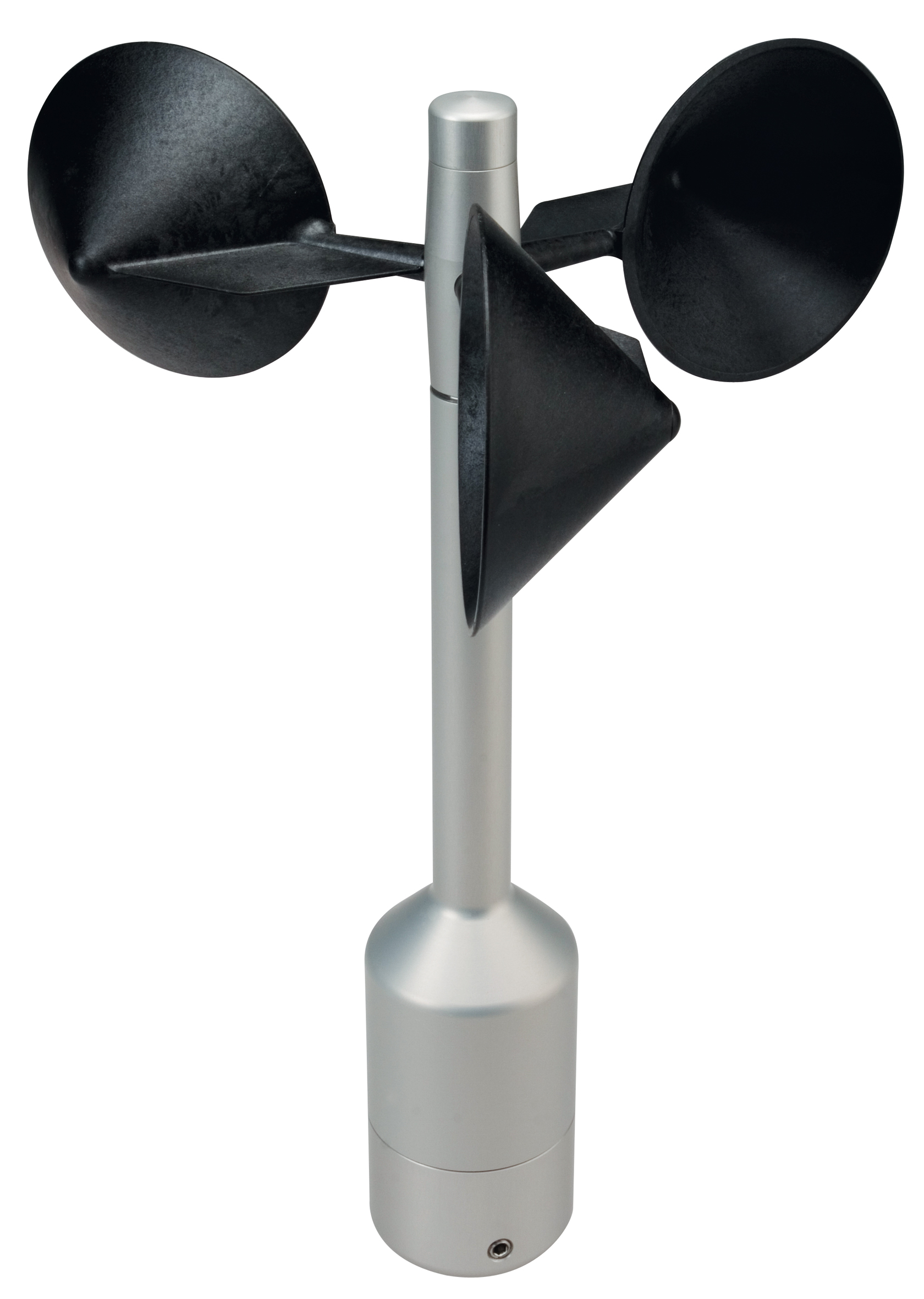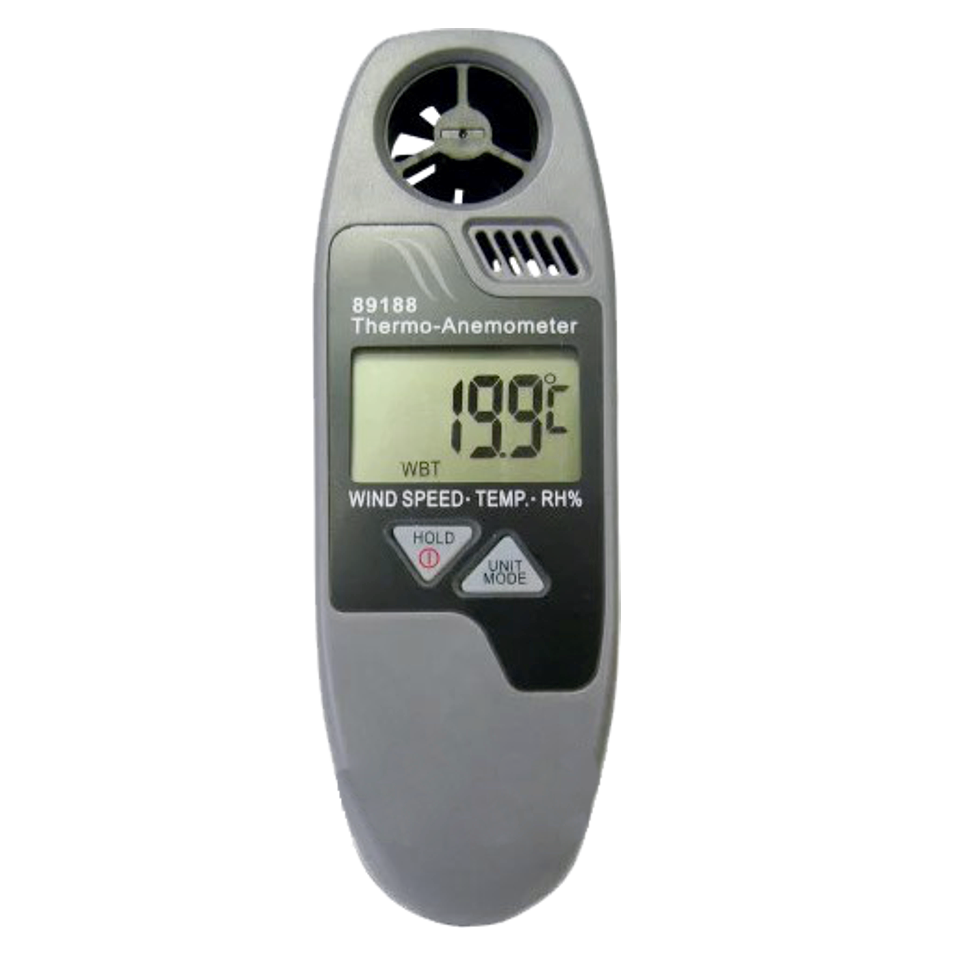Why an Anemometer is Vital for Your Environmental Data Collection
Why an Anemometer is Vital for Your Environmental Data Collection
Blog Article
All You Required to Learn About Anemometers: How They Work, Why They Matter, and Where to Make use of Them
Anemometers, though commonly ignored in the realm of scientific tools, play a critical role in various areas, offering valuable insights into wind rate and air movement patterns. Recognizing the technicians behind these devices is crucial for any individual looking for to harness the power of this information. From meteorologists tracking weather patterns to engineers making structures with wind lots in mind, the applications of anemometers are varied and significant. As we explore the ins and outs of anemometer innovation, we will certainly uncover the internal functions of these devices, their importance, and the key considerations when selecting the appropriate anemometer for particular applications.

Anemometer Basics
A necessary instrument utilized to determine wind rate and direction, the anemometer plays a crucial duty in meteorology and various sectors. An anemometer commonly contains 3 or four cups that rotate in the wind, a vane that points right into the wind, and sensors to track the motions or turnings. By computing the turnings or motions over a specific amount of time, the anemometer can identify wind rate. The vane assists determine wind instructions by aiming right into the wind, supplying useful information for climate forecasting, aeronautics, maritime operations, environmental tracking, and wind energy applications.
There are different kinds of anemometers available, including mug anemometers, vane anemometers, hot-wire anemometers, and sonic anemometers, each with its distinct features and applications. Cup anemometers are typically used for fundamental wind rate measurements, while vane anemometers are preferred for directional dimensions. Hot-wire anemometers are ideal for reduced airspeeds, and sonic anemometers are optimal for high-precision measurements in research study and commercial settings. Comprehending the fundamentals of anemometers is necessary for exact wind information collection and evaluation across different industries.
Concepts of Anemometer Procedure
Structure on the foundational understanding of anemometer basics, the principles of anemometer procedure elucidate the auto mechanics behind wind speed and direction measurements. Anemometers operate the principle of air movement affecting a sensor, causing it to turn. Mug anemometers, as an example, have three or more mugs that capture the wind, causing them to rotate faster as the wind rate rises. The rotation speed is after that exchanged a wind speed dimension. More Bonuses Vane anemometers, on the various other hand, utilize a tail or a probe that straightens itself with the wind direction, supplying a measurement of wind direction based on the alignment of the sensing unit. Hot-wire anemometers rely upon a heated cord that cools down as wind passes over it, with the rate of cooling down figuring out the wind rate. Ultrasonic anemometers step wind rate and direction by analyzing the moment it considers ultrasonic signals to travel between transducers. Recognizing these principles is blog important for precise and dependable wind dimensions in numerous applications.
Importance of Anemometers
Anemometers play an essential role in measuring wind rate and direction, offering necessary information for weather condition forecasting, environment research studies, ecological surveillance, and air travel operations. Meteorologists depend on anemometers to collect precise wind information, assisting them comprehend climate patterns, predict storms, and issue prompt warnings to the public. Wind ranch drivers make use of anemometers to assess wind problems and take full advantage of electrical energy production from wind turbines.
Applications Throughout Different Industries
In the sustainable power field, anemometers play an important role in examining wind problems for wind farm positionings, guaranteeing optimum energy manufacturing. Industries like building and construction and mining utilize anemometers to keep track of wind speeds, critical for security procedures, specifically when working at elevations or in open-pit mines where solid winds can posture hazards. In farming, anemometers help farmers in managing plant spraying by offering real-time information on wind rate to stay clear of drift.

Selecting the Right Anemometer for Your Needs
Picking the proper anemometer customized to your specific demands is vital for getting exact wind rate and direction measurements. When choosing an anemometer, take into consideration factors such as the designated application, called for dimension variety, environmental conditions, and preferred features. For general objectives, a cup anemometer appropriates for gauging wind speed, while a vane anemometer supplies wind direction information. Hot-wire anemometers are excellent for reduced airspeed measurements, and ultrasonic anemometers supply high precision and resilience.

Conclusion
In final thought, anemometers play a crucial duty in measuring wind rate and direction throughout various sectors. It is crucial to think about the relevance of anemometers in order to make enlightened choices when picking the most ideal gadget for gauging wind problems.
There are numerous kinds of anemometers offered, consisting of cup anemometers, vane anemometers, hot-wire anemometers, and sonic anemometers, each with its distinct attributes and applications. Cup anemometers are typically utilized for fundamental wind speed measurements, while vane anemometers are liked for directional measurements. Hot-wire anemometers are suitable for reduced airspeeds, and sonic anemometers are optimal for high-precision dimensions in study and commercial settings.Structure on the foundational understanding of anemometer fundamentals, the principles of anemometer operation elucidate the technicians behind wind speed and instructions dimensions. For general objectives, a mug anemometer is suitable for determining wind rate, while a vane anemometer offers wind direction data.
Report this page